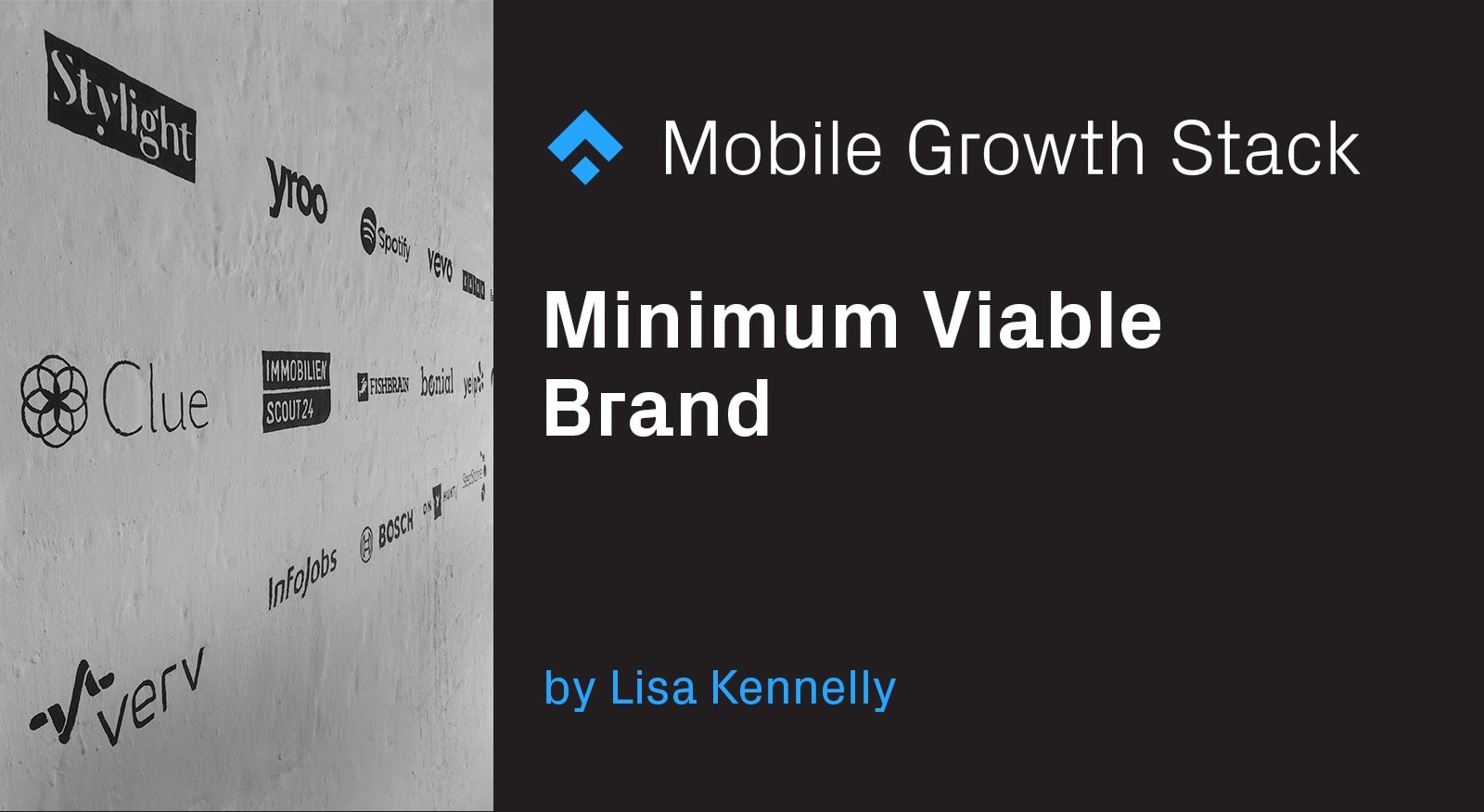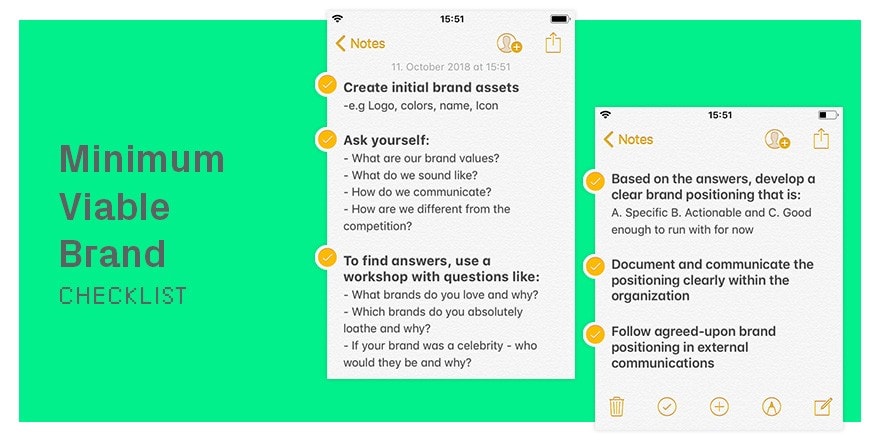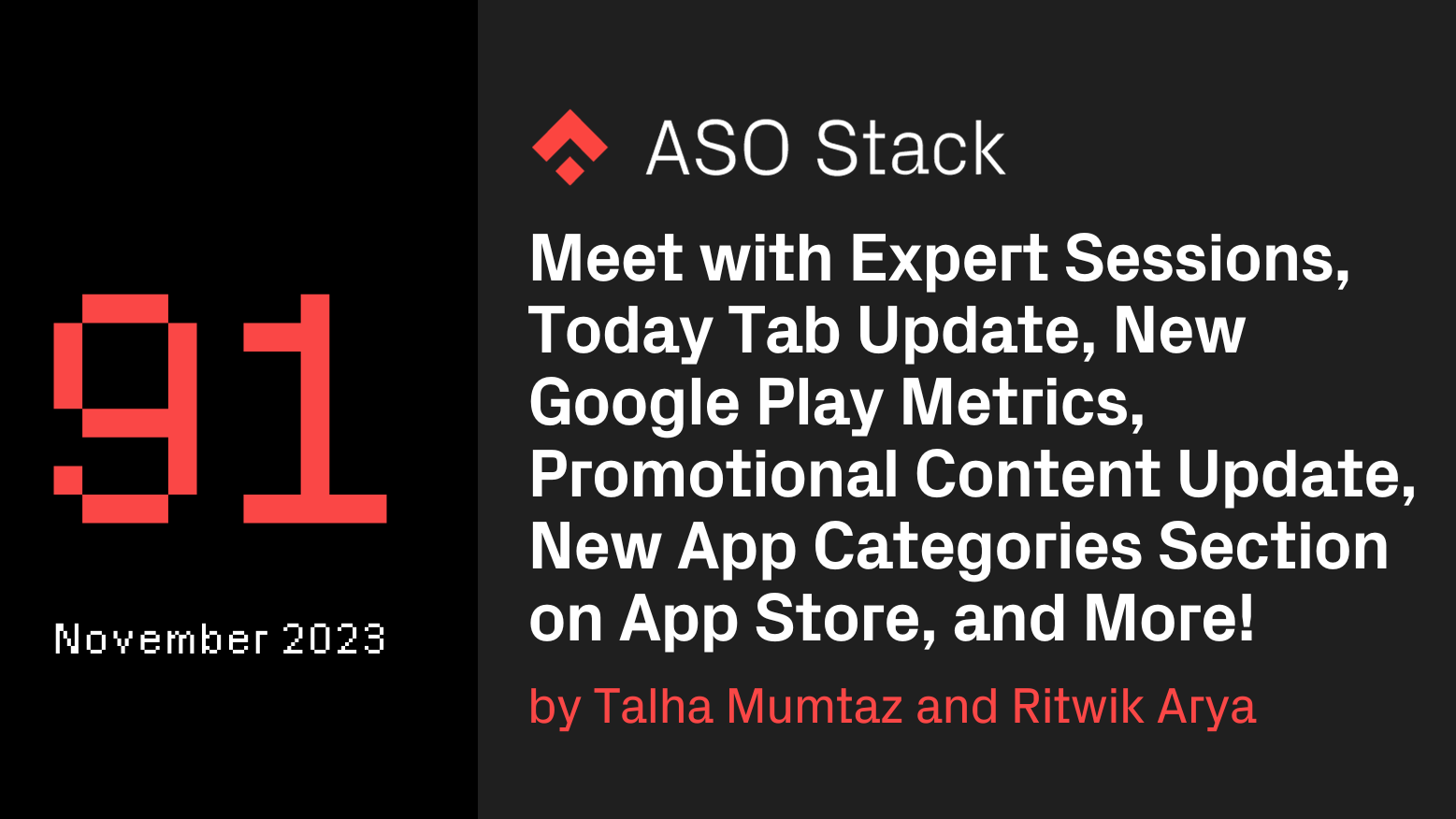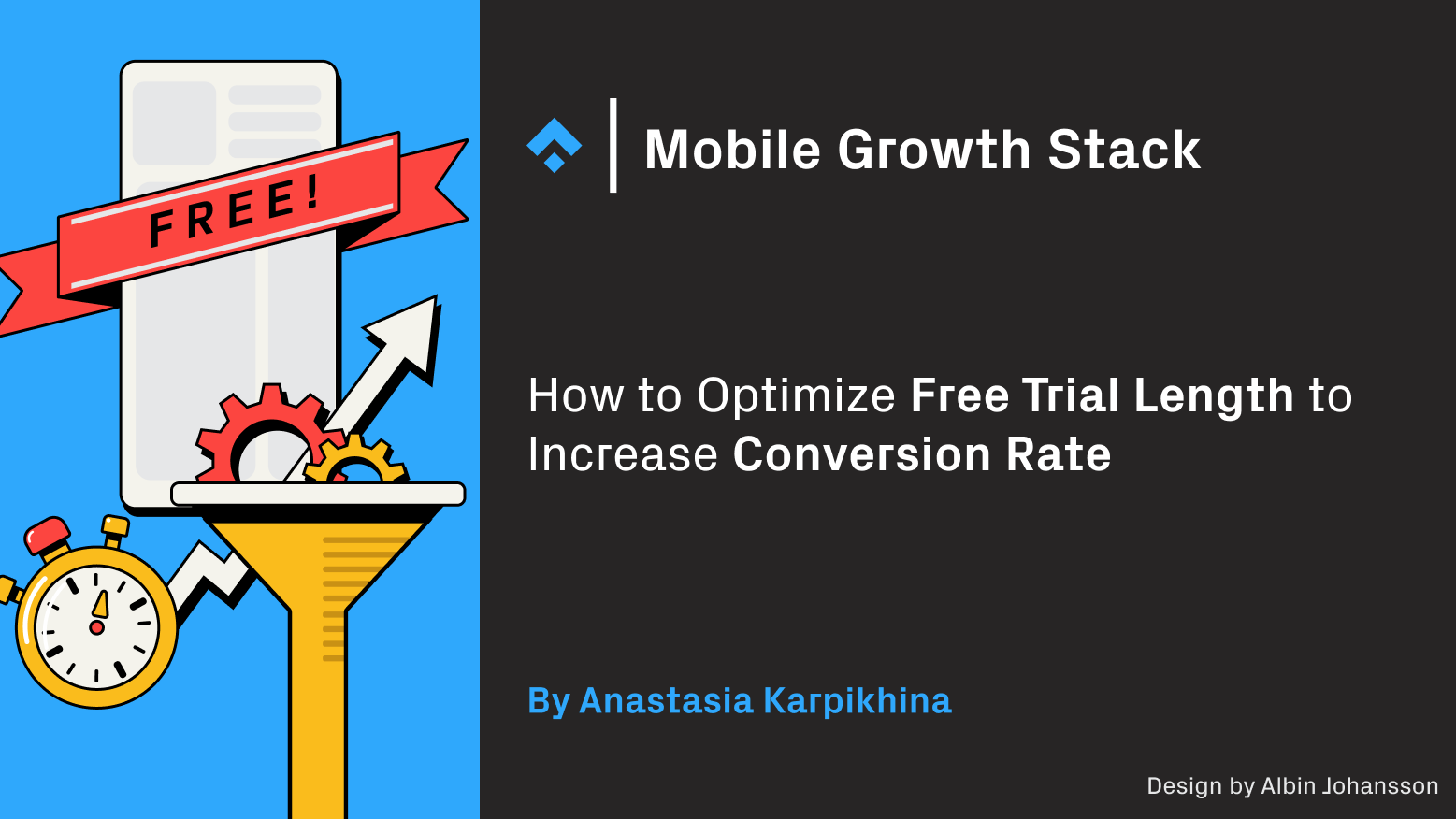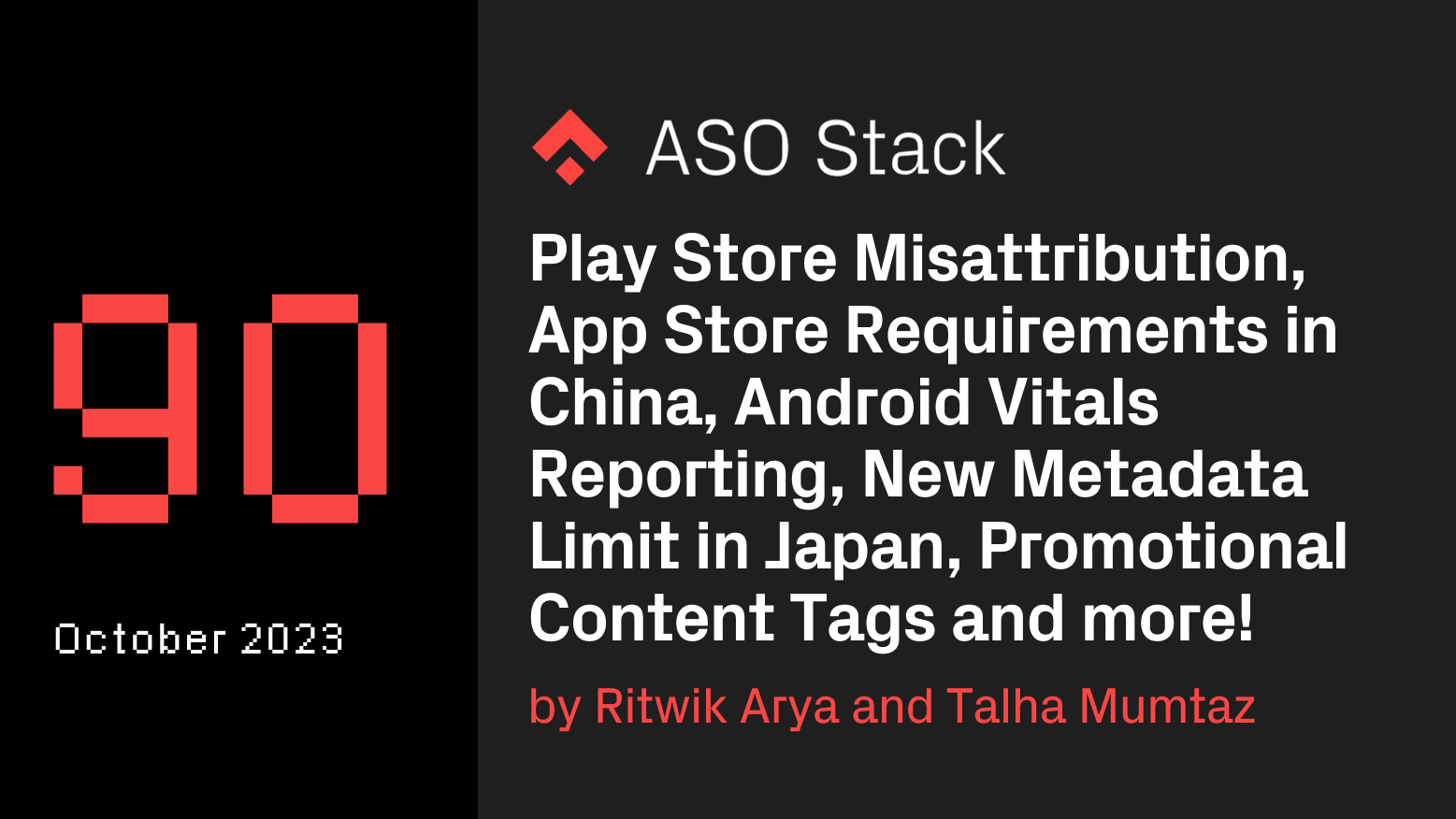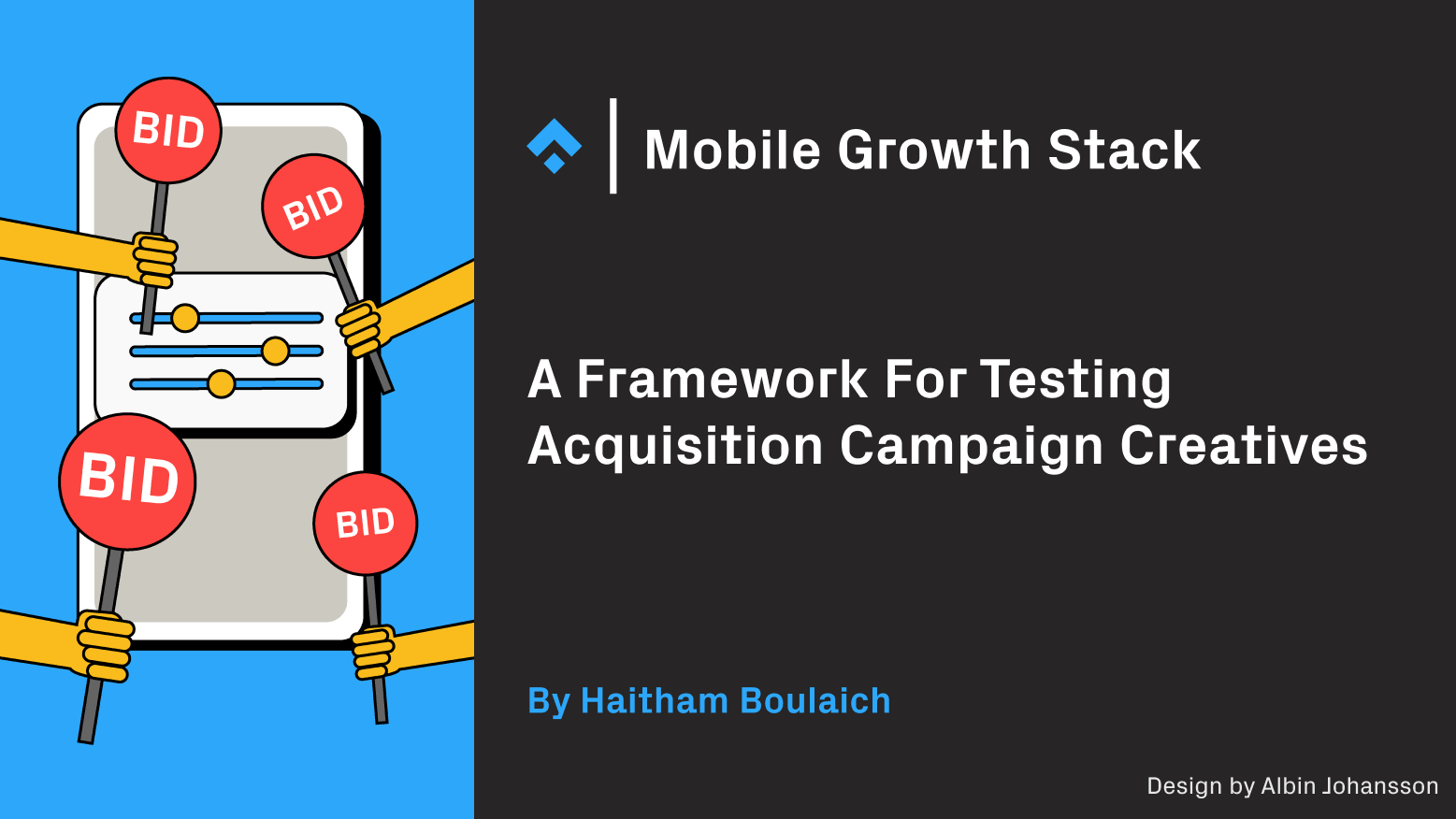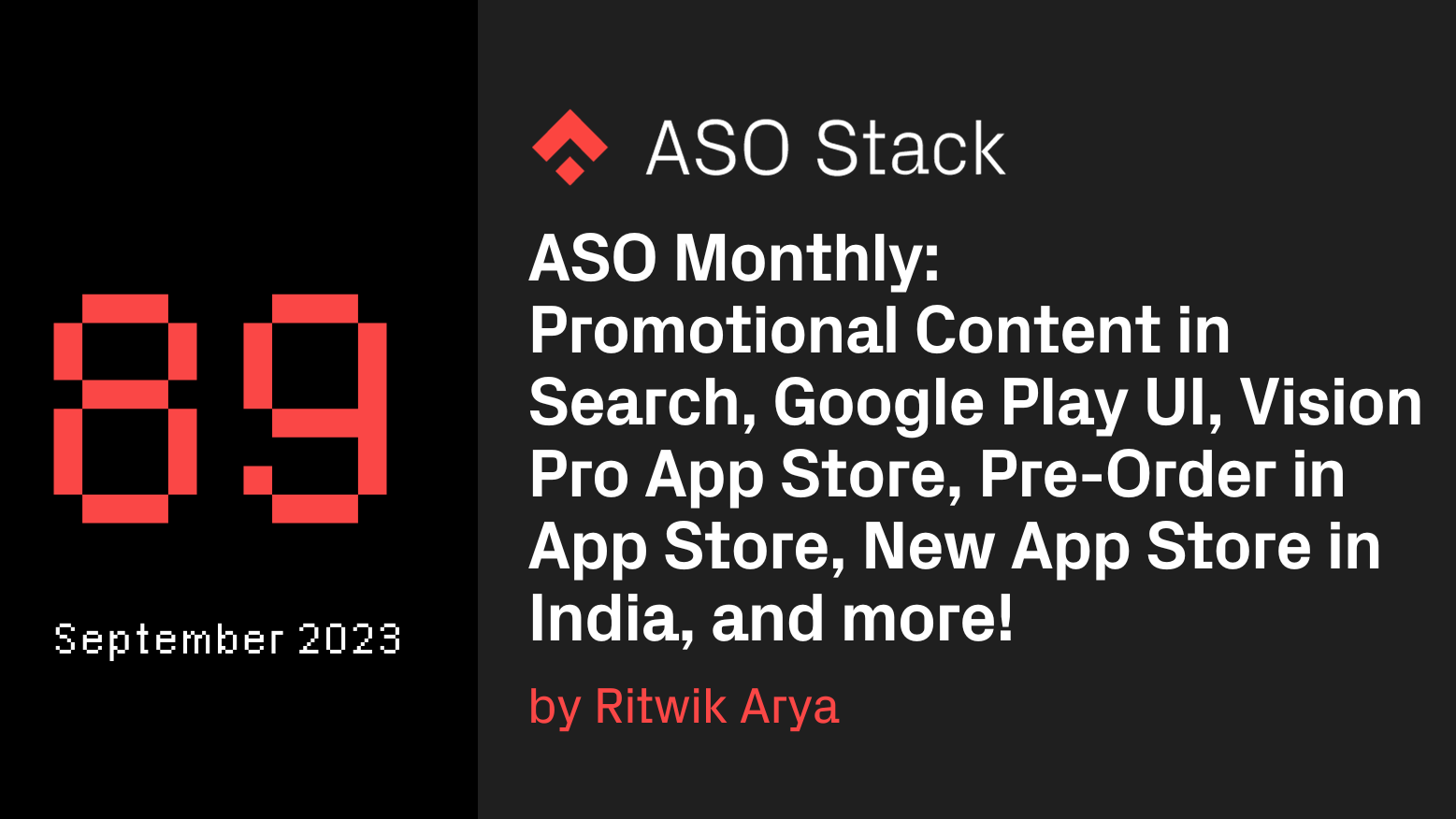This is a guest post by Lisa Kennelly, a marketing and communications professional who has lived and worked in the US, Canada, and Europe. She is the Chief Marketing Officer at Fishbrain, the most popular app and community for people who love fishing, the world’s №1 hobby. She previously led marketing at the leading female health app Clue and is an advisor for BOOST Thyroid as well as several other apps and startups.
How you can build your startup’s brand, and when and how to get your app or company to “Minimum Viable Brand”.
Most app startups tend to focus on product first and finding scalable marketing channels second. But branding IS important for consumer startups, even in the early days (despite what Andrew Chen says). The trick is to know how much brand work is the right amount for where you’re at and what your company or app needs.
Because so few app marketers understand brand building, an app with a strong brand is going to have a long-term advantage in retention and organic growth over one that doesn’t. All features being equal, you’re more likely to keep using a product for which you have a positive affinity. And the best way to develop that is through brand.
Ultimately, you’re fighting for a spot on a user’s home screen on their personal device — so it really helps if users not only love the product but love the brand.
In this blog post, I’ll share some advice on building your MVB — Minimum Viable Brand — and when it’s the right time to invest more time, effort, and money into scaling up your brand efforts, based on my experiences building and advising brands for several startups in the US and Europe.
Brand vs Brand Marketing
First, some definitions. What are we talking about when we talk about brand? I think it’s important to distinguish between brand and brand marketing.
Brand is the look, feel, tone, and positioning of your internal and external communications and visuals.
Brand marketing is the activity of externally raising awareness of your company or product, which can be organic or paid.
Brand is worth a strategic time and mental investment. Brand marketing should wait until you have scaled and become more established — unless you are not currently focused on rapid growth and scaling.
Let’s start with brand.
Developing the initial visual brand for a startup is relatively straightforward. Sure, you have to decide on a name, logo, app icon, color scheme, and font (discussions which can certainly be highly emotional and dramatic, depending on the parties involved!) But because these are things you cannot launch without, usually everyone is able to agree, commit, and move on.
My recommendation is that around the same time you decide on the visual language, decide on your Minimum Viable Brand as well. You should be able to answer the following questions:
What are our brand values?
What do we sound like?
How do we communicate?
How are we different from the competition?
Like your visual brand, your overall company branding is not permanent! It’s easy to get stuck investing a lot of time in something that feels so significant to your product’s identity. Don’t do that. Put in some foundational brand work early, then leave it behind. The most important things are that it is A. Specific B. Actionable and C. Good enough to run with for now.
Why is this important? If you haven’t made a decision about your company brand positioning, it’s going to be really hard for the people on your team to execute consistently on marketing, design, and even app development. Just like you don’t want to have a red logo on Facebook and a green logo on the app store, you don’t want to talk like an American high schooler in your email campaigns and a middle-aged British lawyer inside the app. It creates a disconnect in the user experience and, frankly, makes your company look unprofessional and sloppy.
Secondly, if you are in a competitive space, then being clear and focused with your brand is critical to stand out from the crowd. This especially matters for apps, where you have literally millions of competitors. It’s less crucial for agencies or b2b SaaS products, where initially it’s more about what you do (or how little you cost) than what you look and sound like.
At Clue, there were already hundreds of female health apps available when we launched in 2013. As a result, a key component of our early brand positioning was to be “not pink” — a visual decision that was also a reflection of our overall brand as a scientific, non-stereotypical, mature product. We knew that brand positioning needed to grow and evolve, but for the first year or so it was enough to set us apart from the rest of the market.
You could even argue that putting more effort into building a brand has a great ROI for apps, because it will make your life easier down the line (ASO, paid marketing). If your brand already is distinct, you can theoretically spend less than your competitors to raise awareness.
Doing the Brand Work
So how do you get the answers to those critical brand questions?
One option is to do a half-day to full-day workshop with the key company stakeholders (founders + a designer and/or marketing person) to work through these points and come to an agreement.
Another option is to assign someone on your team to interview the relevant stakeholders, compile the findings, present their recommendation, incorporate feedback, and then agree on a final plan.
Regardless of the process, the outcome should be a clearly stated brand positioning that is well-documented and communicated so everyone knows what your company’s brand is. Clarity is better than originality! Don’t worry about coming up with a revolutionary new take on things — it’s more important that you keep the focus tight and actionable.
Doing an internal branding exercise doesn’t require a ton of specific expertise (despite what those pricey brand agencies and consultants would have you believe.) If you have a marketing person on the team who can facilitate, they can do this. If you have some budget to throw at a consultant for a workshop and you get a referral for someone legit, go for it.
The critical thing is that everyone on the team understands why the exercise is important, commits to agree to the decision, and understands that it can and will be re-evaluated at a specific point in the future. You can all agree to reevaluate your brand positioning every six months and update it if needed.
If you’re doing it internally, I recommend starting with the following question: “what brands do you love?”
To date, everyone I’ve asked is able to answer with at least one example. Apple comes up a lot. Patagonia is common. Depending on the country, people often say their homegrown car brand (Volvo in Sweden, BMW in Germany). Nike or Adidas, depending on your preference. Airbnb gets a lot of love in the tech crowd. Content marketers swoon over Headspace.
The specific brands don’t matter as much as the follow-up question: “Why do you love it?” What I’m looking for in the answer is to understand the emotion and inspiration created by a particular brand. From there, I can divine what’s important to the people within the company for their own brand. If everyone says they love the warm and welcoming spirit of X, I know that our own company brand is probably not going to have the cool aloof vibe of Y. If people are not on board with their own brand’s values, you have an alignment problem from the start.
To really hone in on this, I sometimes ask these further follow-ups: “Which brands do you absolutely loathe and why?” “If our brand was a celebrity, who would it be and why?”
Executing on Minimum Viable Brand
So now you’ve decided on your MVB. What’s next?
Until you are in a place with budget and resources to scale, the brand should be considered your compass. Everyone should have a sense of what is “on brand” and execute accordingly, with certain key individuals — founders or marketing team — keeping an eye on things and making sure all communications, partnerships, and major decisions remain consistent with your brand positioning.
Going and out and doing brand marketing — that is, activities to raise brand awareness — should be scoped and evaluated in proportion to your resources. Branding helps you grow, and growth helps your brand, but if you have limited resources and funds you won’t help yourself by splitting your efforts 50–50 between them. Unpaid social media marketing can be great for branding, but it’s critical to determine what you’re doing, why you’re doing it, how much time you plan to spend on it, and how you will evaluate it.
Just like for paid marketing, I like to set a clear plan for any brand initiatives. For example, at Fishbrain we decided we would test putting resources into Instagram as an unpaid social channel. We know that there’s a huge community of anglers there, so we can tap into a large potential userbase via the right hashtags. We have the content and design resources on the team to invest in it enough to expect to see some return. We decided to post on Instagram at a set cadence, using different types of content, for a 3-month stretch and evaluate certain key metrics. Based on this, we will decide if and how we want to continue investing in this branding channel.
Spending money on brand awareness campaigns is, full stop, not a good use of early startup funds if you are trying to scale growth and user acquisition. If you are focused on growth, I would put 90% of your budget into acquisition campaigns and save 10% for “softer” and less quantifiable marketing like events or an ambassador program. Even still, like in the Instagram example above, these channels can and should have clear goals and ways to measure their effectiveness.
The exception would be if you are deliberately slowing your growth efforts — for example, one app I advise is doing a major rehaul of their UX and onboarding, so they don’t want to scale up users until they get a better product in place and reduce churn. So in the meantime, they’re focusing their efforts and limited funds on growing and engaging their existing community via a brand ambassador program and social media outreach.
The value of brand is hard to quantify, which also makes it scarier for folks who love their measurable LTV, CAC, and CPI. And yes, you CAN spend some money on surveys to actually measure your brand awareness, though in my experience they’re not relevant until you hit a certain size and scale.
In the meantime, some of the positive effects of a great brand show up in places like positive app store reviews or people writing into your customer support just to say they love you. It translates to people willing to give your app a second chance when it’s buggy or crashing. It leads to strong word-of-mouth recommendations, and to people keeping your app around when it’s time to clean up their home screen.
Thanks to Regina Leuwer.
Table of Contents









